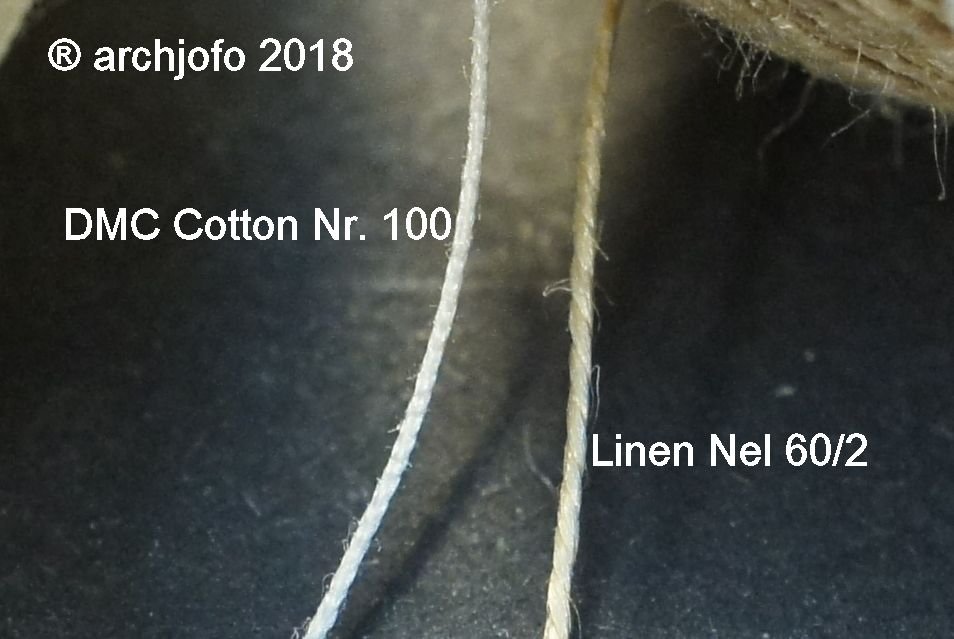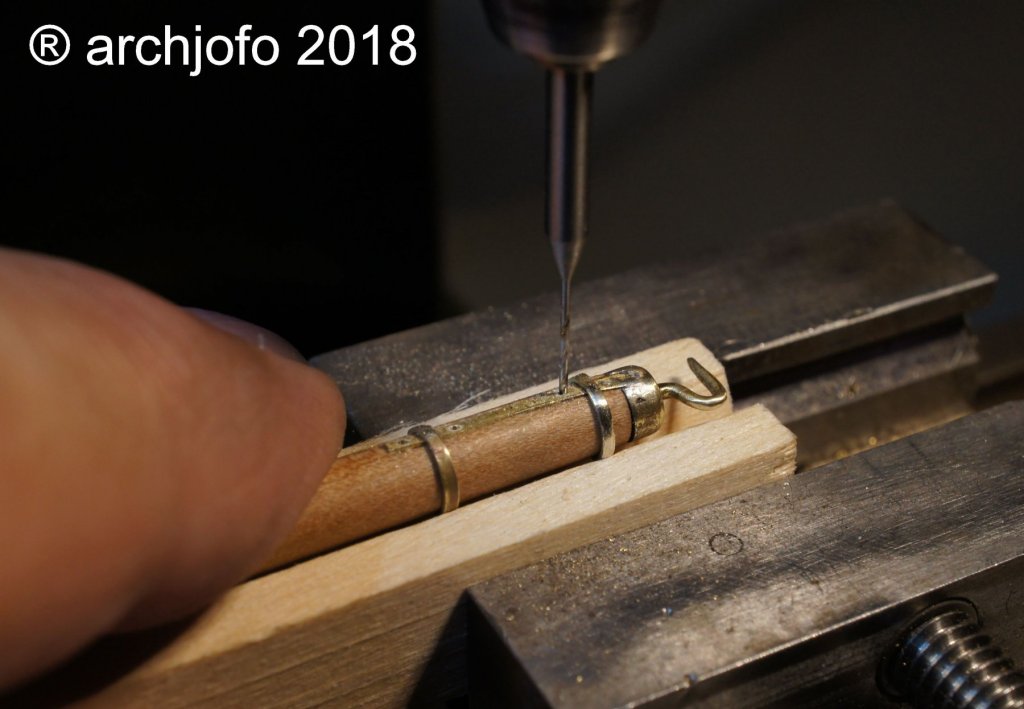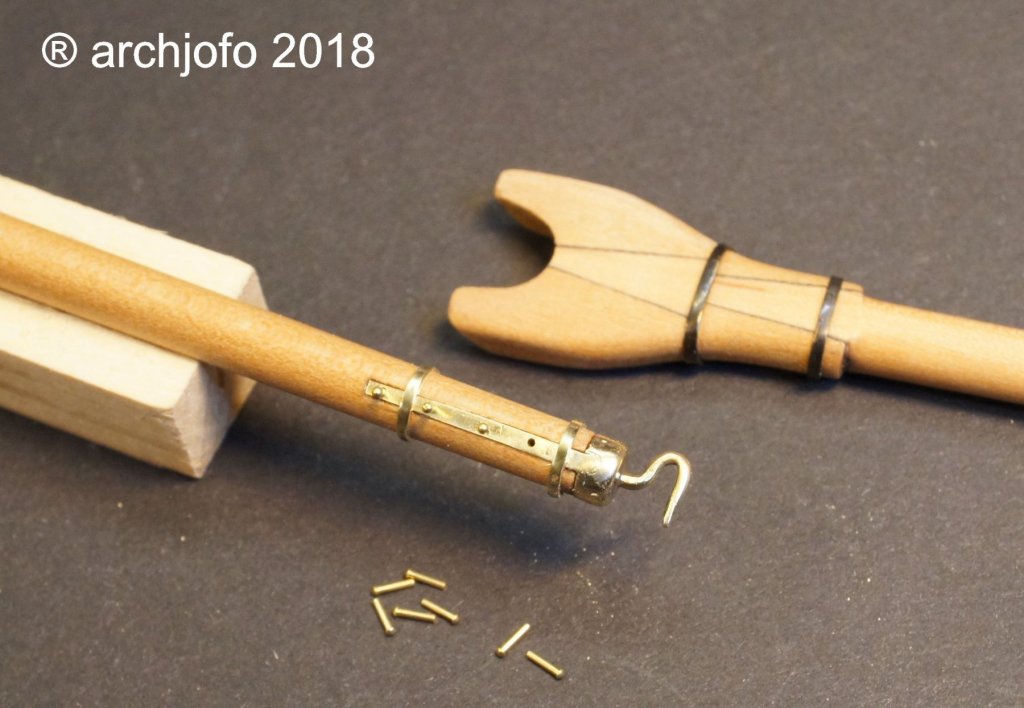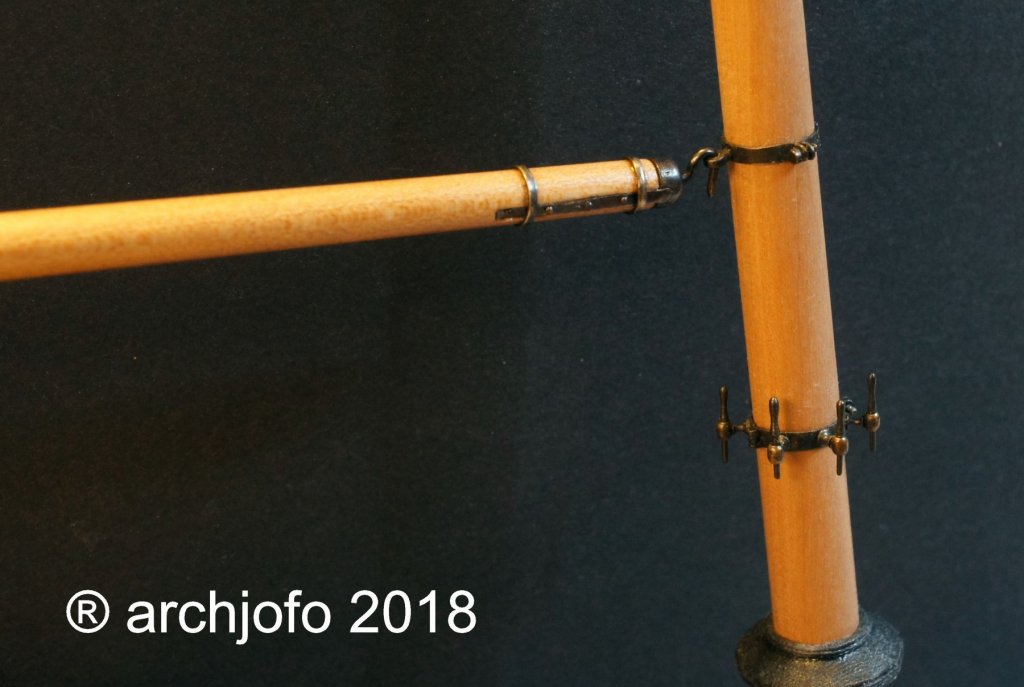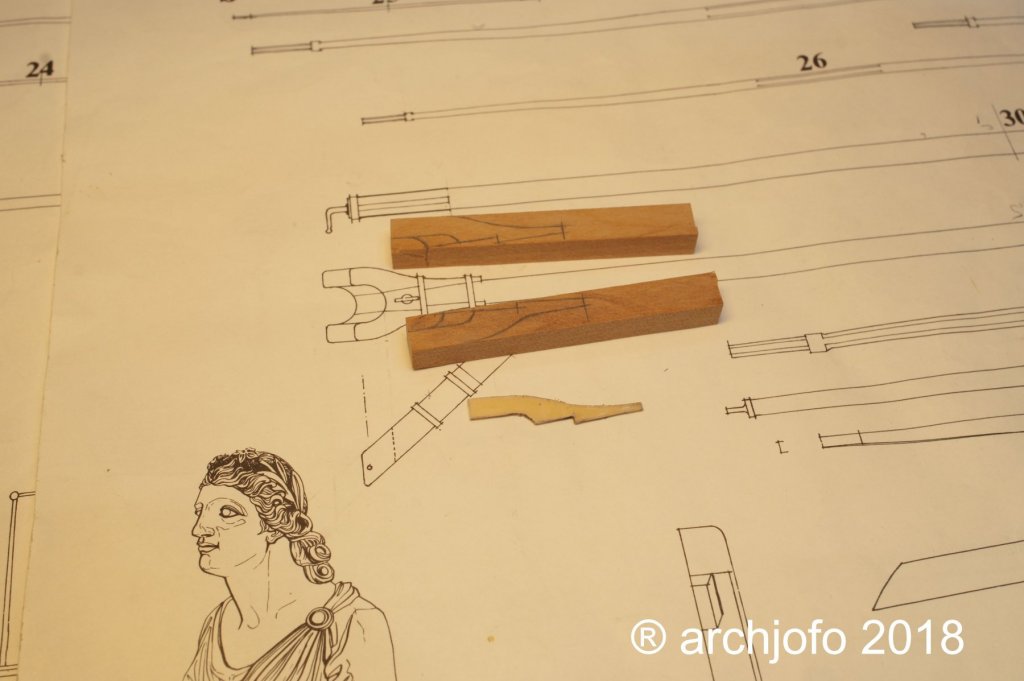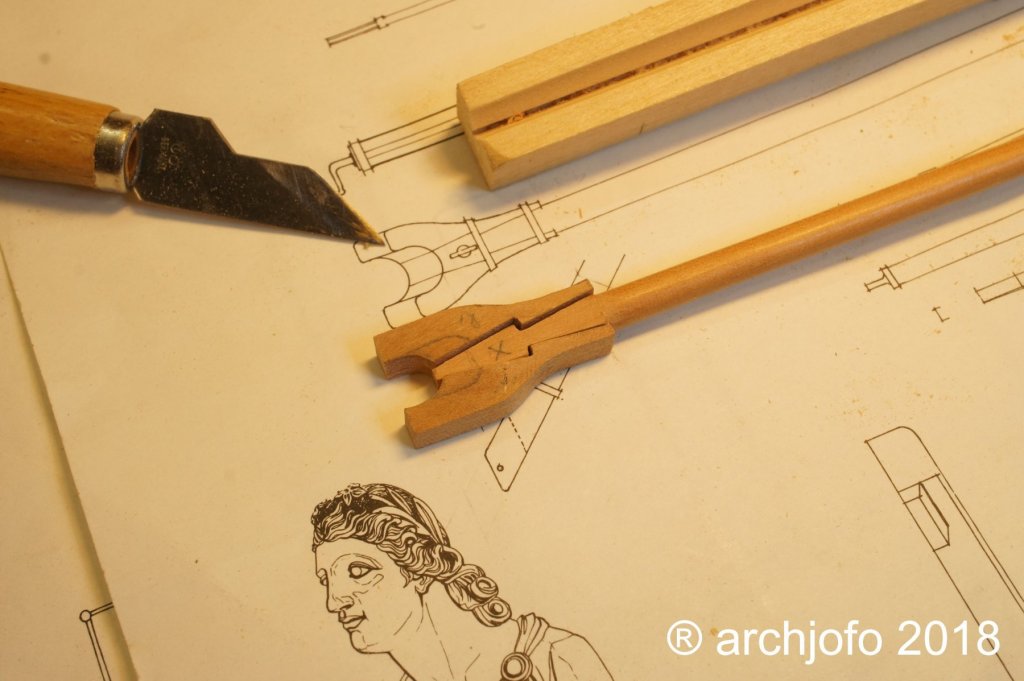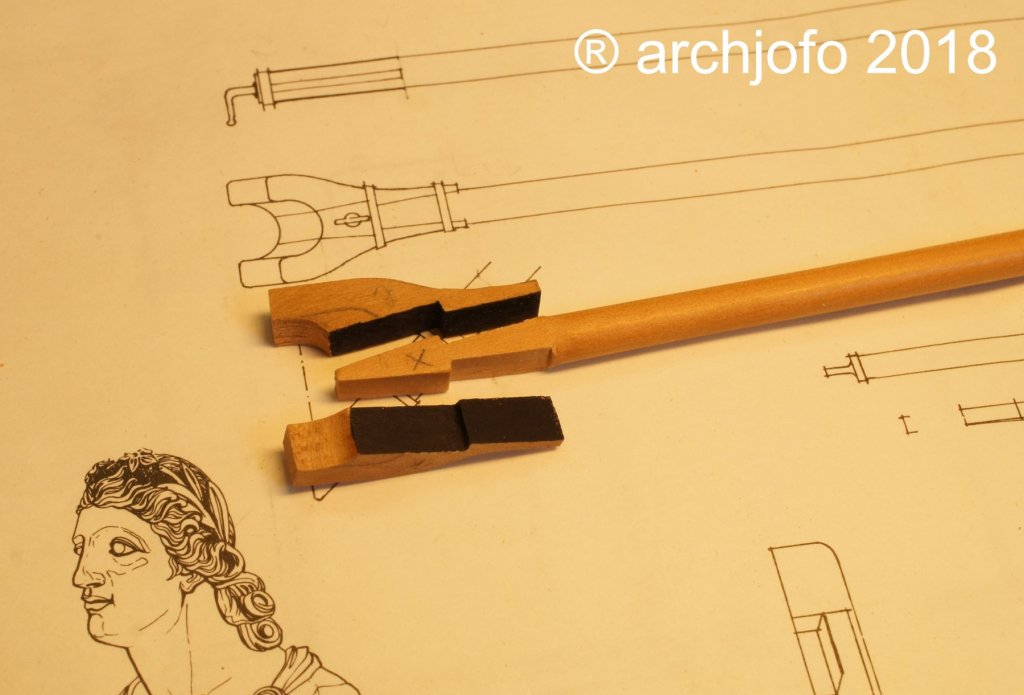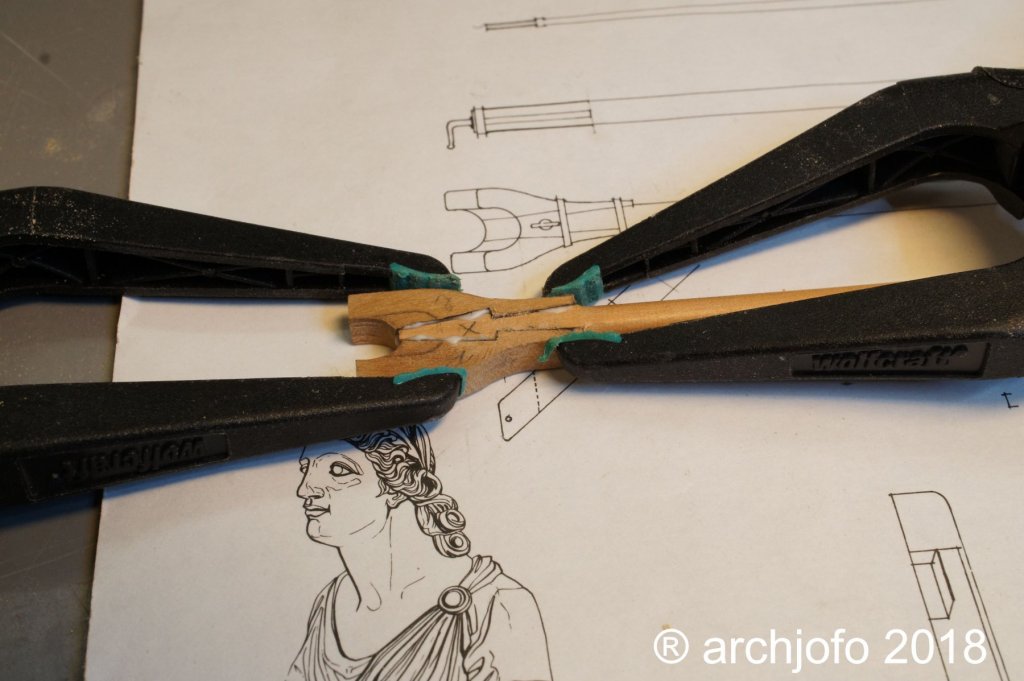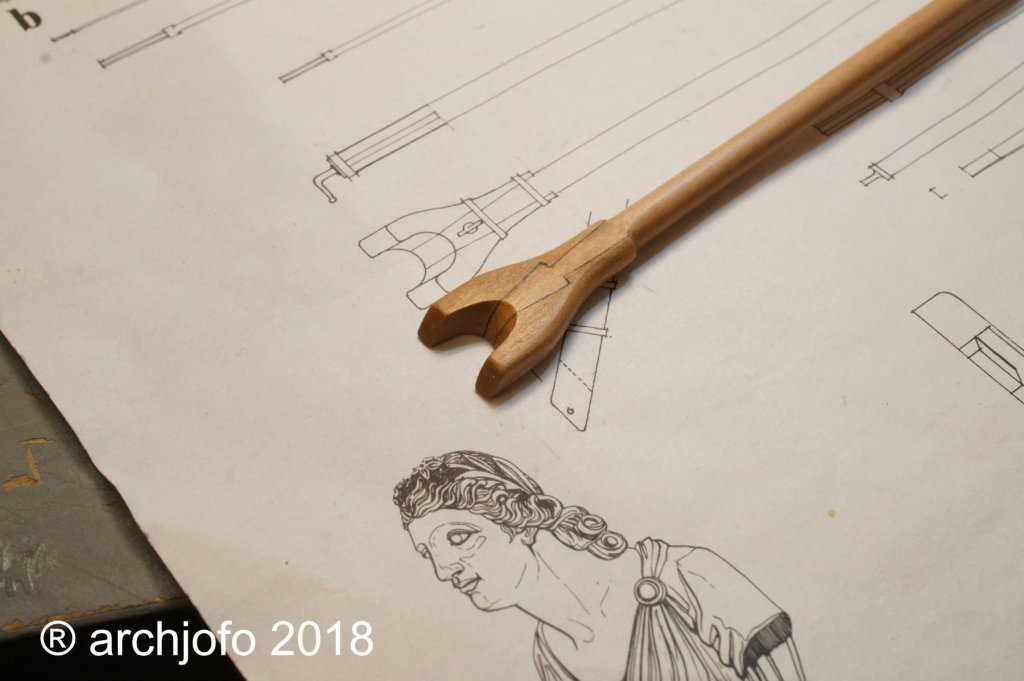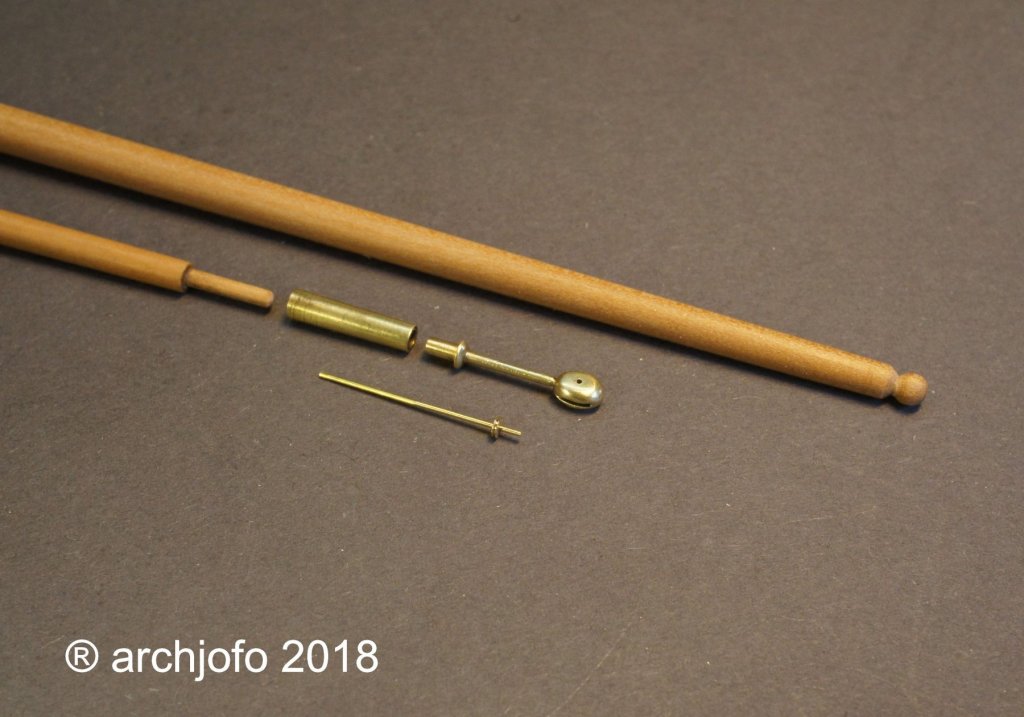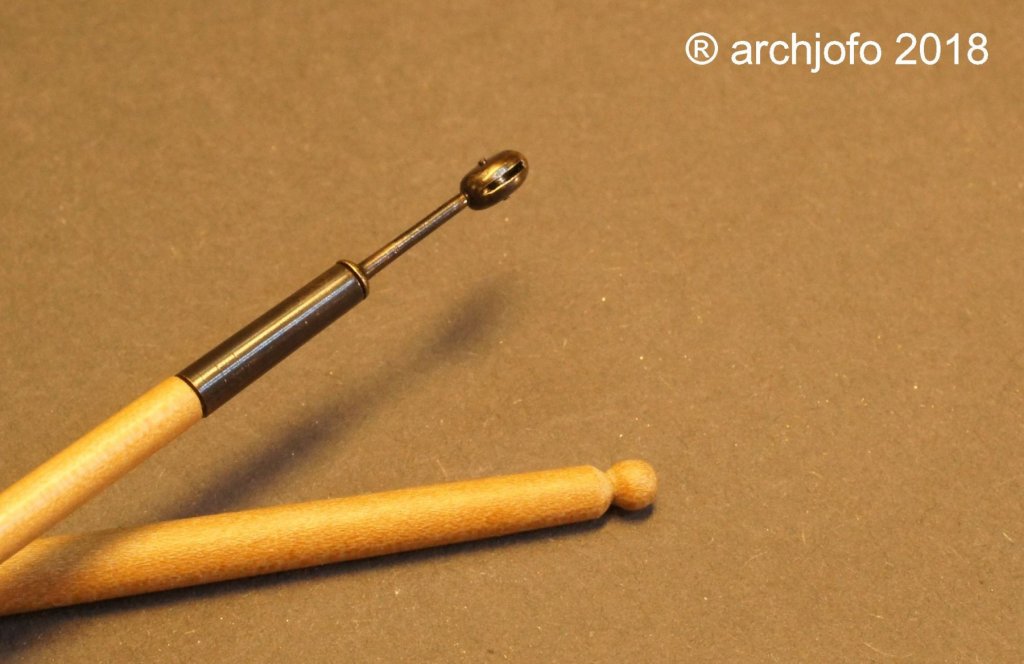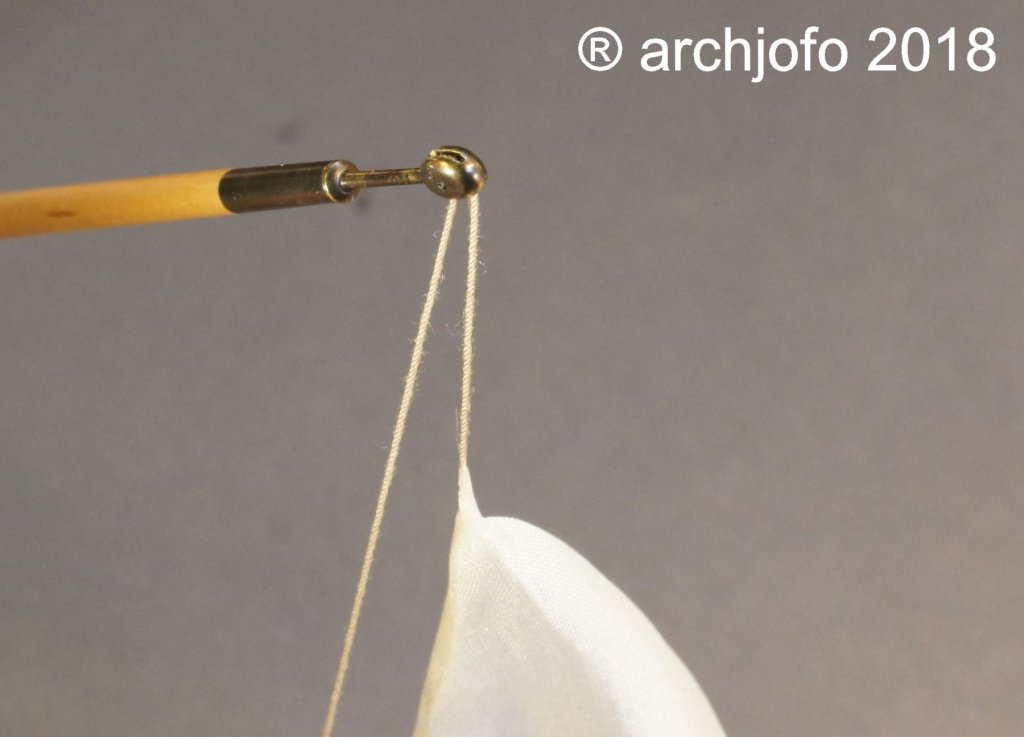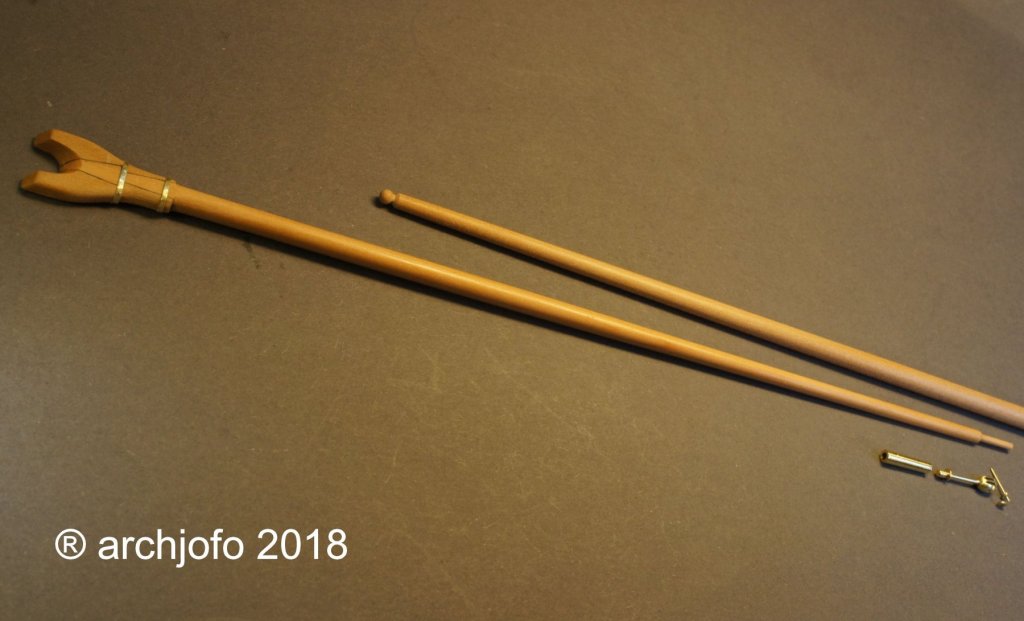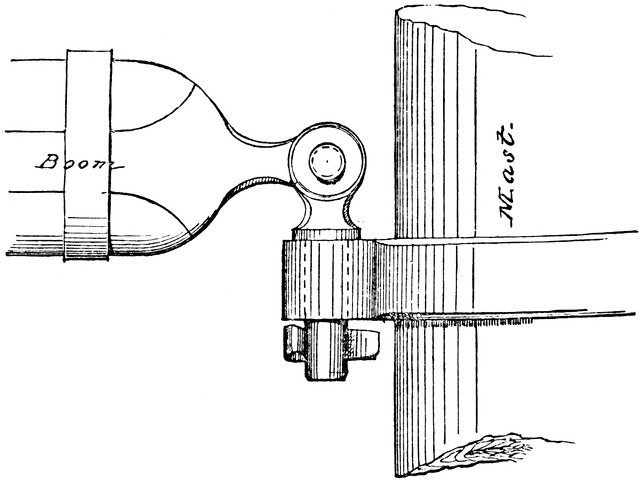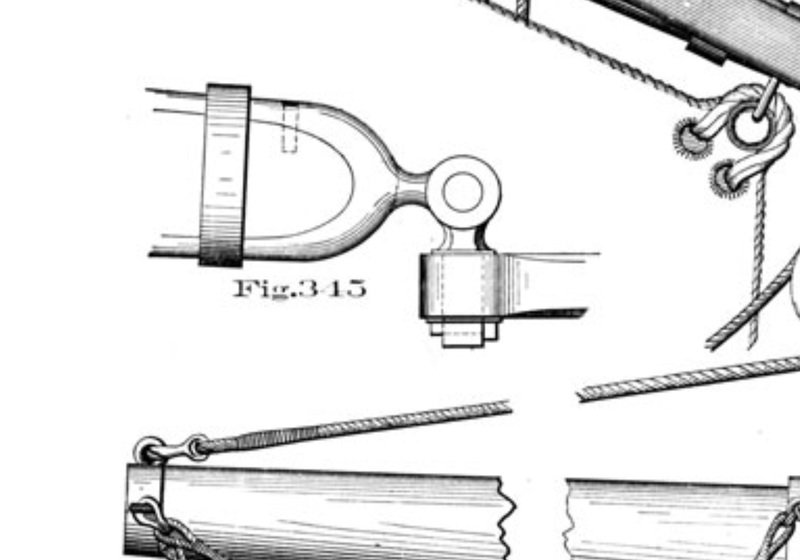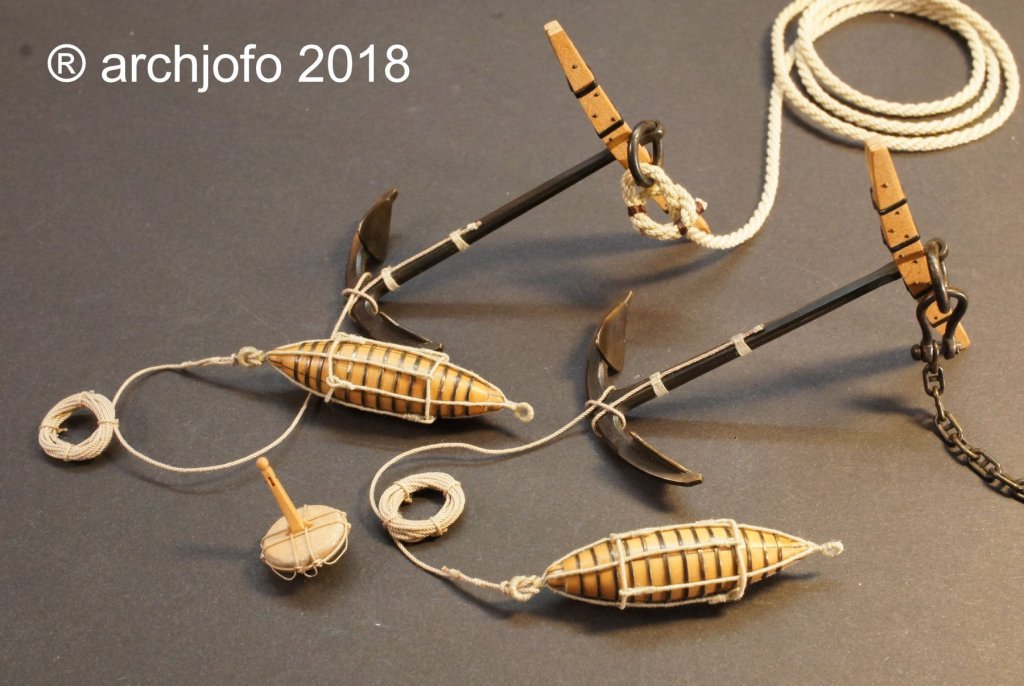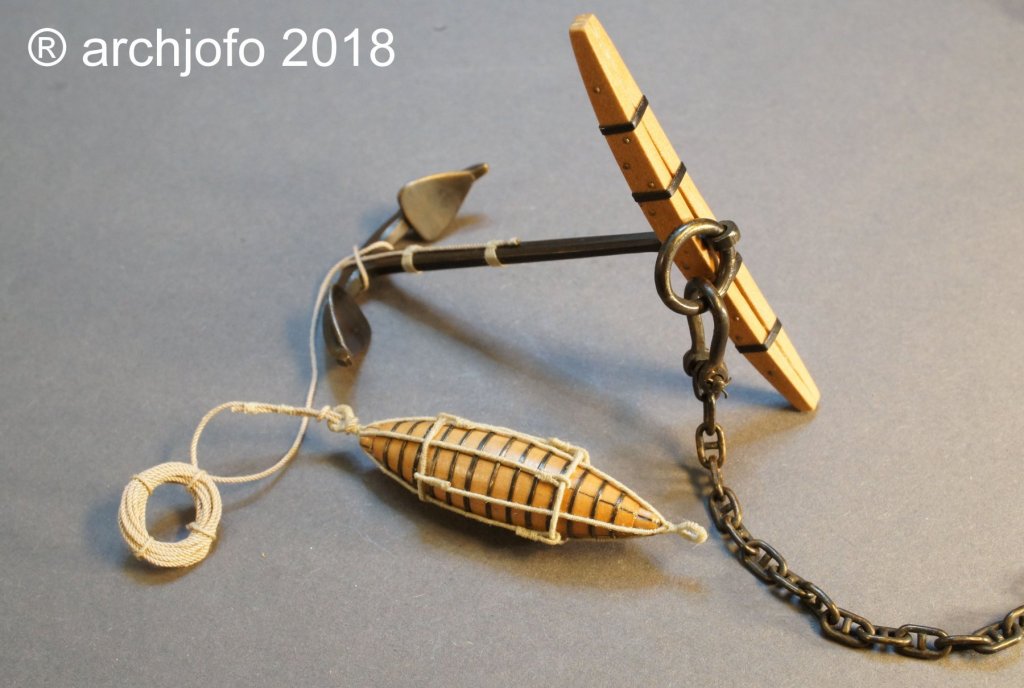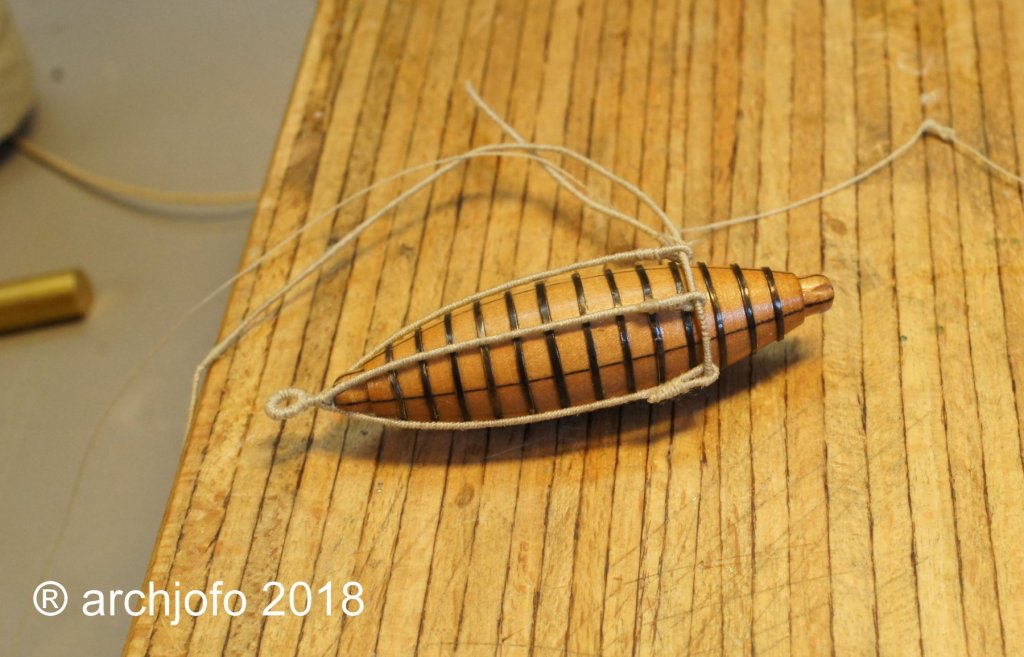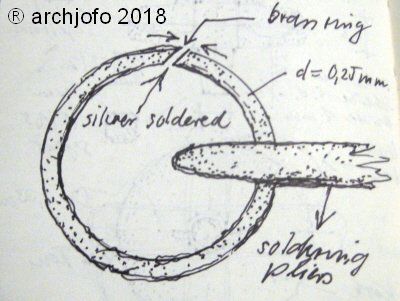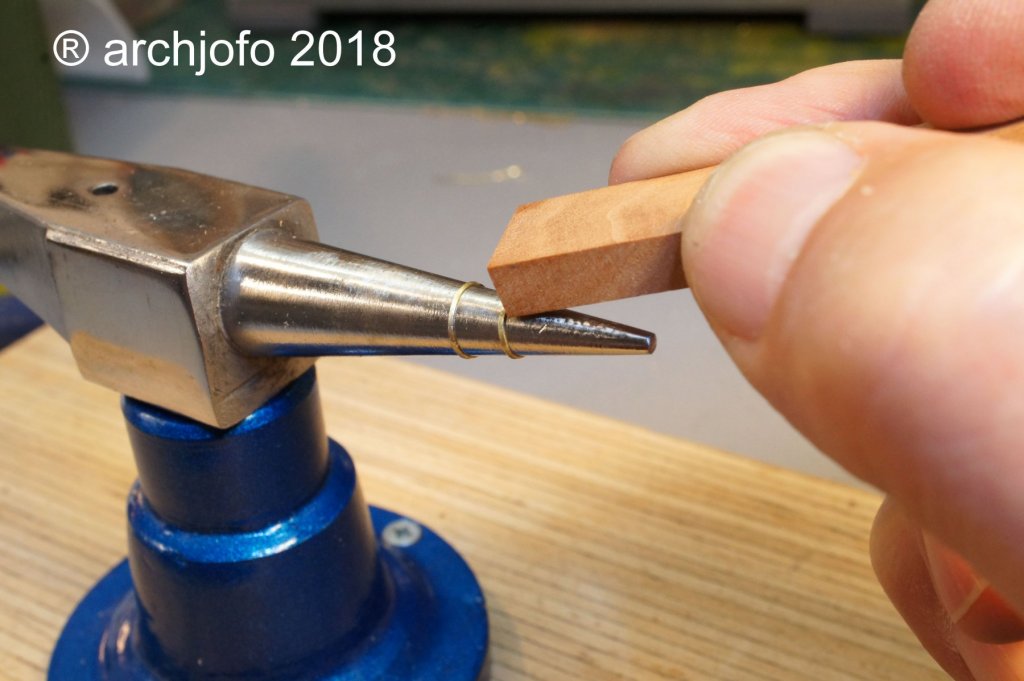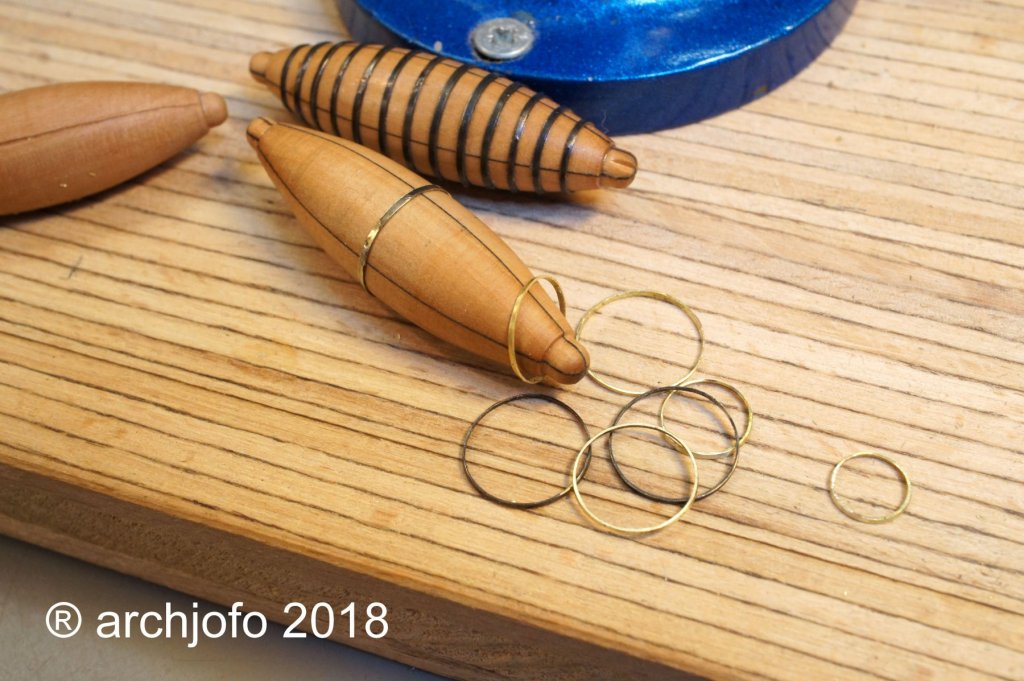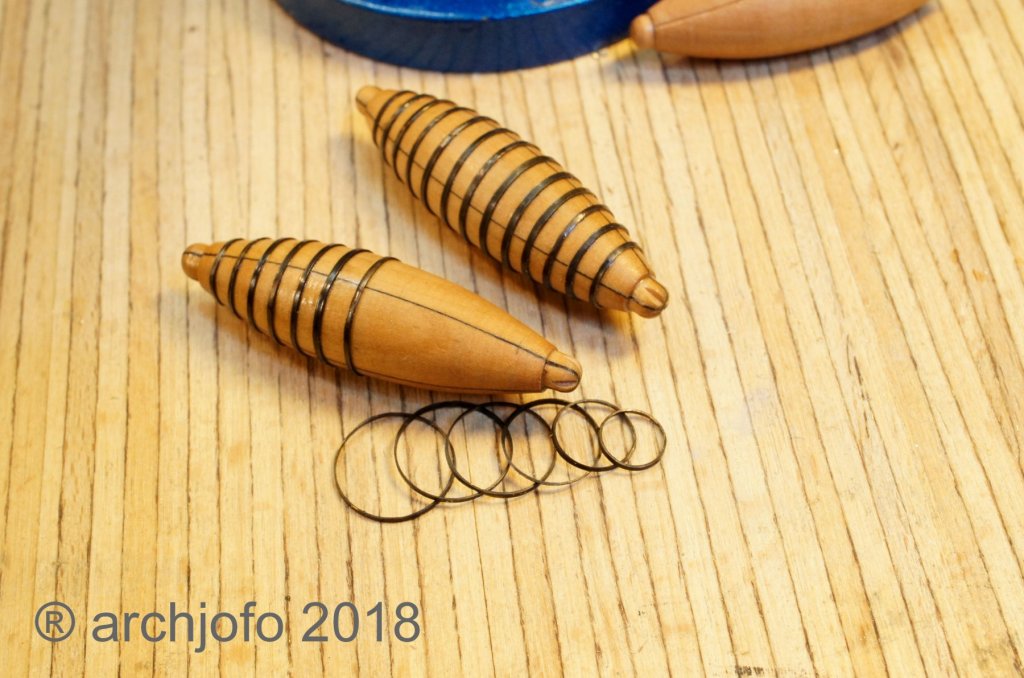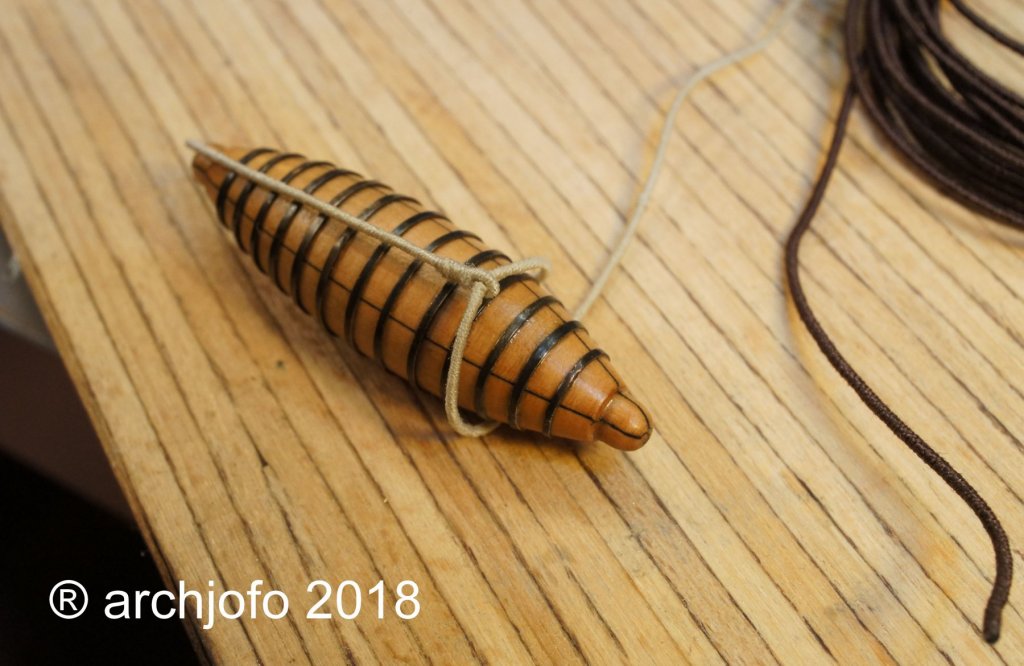-
Posts
1,497 -
Joined
-
Last visited
Content Type
Profiles
Forums
Gallery
Events
Everything posted by archjofo
-
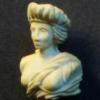
HMS ANSON 1781 by albert - 1/48 - 64 guns
archjofo replied to albert's topic in - Build logs for subjects built 1751 - 1800
Hello Albert, I am enthusiastic about your work! -
Hello Ed, this linen yarn comes from Sweden, and is called "Bockens Lingarn". Here LINK are more information.
- 3,618 replies
-
- young america
- clipper
-
(and 1 more)
Tagged with:
-
Hello Ed, I would like to say once again that you are a fantastic model maker. Class pictures! Since I do not want to overload your construction report, please follow the LINK. There you can see pictures of the linen yarn that has arrived today, in comparison with that of DMC. I would be very interested in your opinion.
- 3,618 replies
-
- young america
- clipper
-
(and 1 more)
Tagged with:
-
Hello Paul, Druxey, Maury and Daniel, I am glad that you like my video. Thanks to all for your interest and participation. Right now I am preparing for the rigging for the French corvette. I intend to make the ropes myself. A modeler friend designed a ropewalk for me. The ropewalk has a length of 5 m and consists of two parts. Currently I am trying to find suitable base material. Preferably I would use linen yarn for this purpose. It is very difficult to get the right yarn. I have already received many valuable information from ED. I am very grateful to him for that. Today I received a linen yarn that I immediately compared to the cotton yarn from DMC. Note that the linen yarn is turned to the left, unlike the cotton yarn, which is turned to the right. In the next few days, the first attempts to produce the ropes will start.
-
Hello Ed, thank you for your explanations. They are very helpful. The cotton yarn from DMC I know very well and is a good alternative. Nevertheless, I would like to try linen yarn once. Tomorrow I will receive my first samples to see the quality.
- 3,618 replies
-
- young america
- clipper
-
(and 1 more)
Tagged with:
-
Hello Ed, I must explain in advance that my English is not the best. I use a translation program for support and hope that I can express myself in a way that is understandable. Thank you for the insights into the rope production. These are very important and interesting statements that help me. I intend to use linen yarn for the ropes, as in the original. In 1:48 scale, it may be a bit lighter than at 1:72. Currently I'm looking for a suitable supplier, which is not easy. I have to deal intensively with this topic now. I already got a ropewalk. The ropewalk is in two parts and altogether 5 m long. The construction is of a fellow modelers. Here is a picture of it, when picking up by car.
- 3,618 replies
-
- young america
- clipper
-
(and 1 more)
Tagged with:
-
Hello Ed, your construction report is like a textbook for model making. It contains many suggestions and tips. I would like to express my thanks for that. In the near future I will start with the Standing rigging for my French Corvette, so of course I am particularly interested. It is very good to see in your report how systematically you equip your model with rigging. I'm learning a lot. How do you make your ropes?
- 3,618 replies
-
- young america
- clipper
-
(and 1 more)
Tagged with:
-
Hello, thanks for your feedback and "Likes", I appreciate your support a lot. Currently I am producing the Gaff and the Boom for the Corvette. There were many interesting details to clarify. So z. B. is located on the Gaff peak a small metal block for the national flag. What is still to be clarified is the design of the Gaff goosenecks the boom. Source: Auszug aus der Monographie zur La Creole von J. Boudriot Source: William Dwight Whitney The Century Dictionary: An Encyclopedic Lexicon of the English Language (New York, NY: The Century Co., 1911) Source: Text-Book of Seamanship, Commodore S. B. Luce, 1891 Source: Musée de la Marine (Bildausschnitt) For the current building conditions of these components here a series of pictures: Quelle: Musée de la Marine (Bildausschnitt) &page=42#.url &page=42#.url
-
Hello, thanks for the nice comments, and also for the LIKES. An anchor buoy has been completed in the meantime. I put the buoy rope around the arm of the anchor and tied it to the anchor shaft twice.The size of the buoy rope is one-third of the cable. The length varies, for it is shortened or lengthened according to the depth of the water in which you will drop the anchor. Usually the buoy rope was at least 18 threads long.
-
Hello Thomas, recognized correctly, these are thin brass strips. This I cut with the table saw of a brass sheet is 0.25 mm thick. After the provisional adjustment of the ring diameter (slightly smaller than necessary), the two ends are brazed with silver solder. For this I form the ring so that the obliquely filed ends touch on pressure. I hope I have explained it somewhat understandable with my poor English and using the Google translation. For safety, the following drawing:
About us
Modelshipworld - Advancing Ship Modeling through Research
SSL Secured
Your security is important for us so this Website is SSL-Secured
NRG Mailing Address
Nautical Research Guild
237 South Lincoln Street
Westmont IL, 60559-1917
Model Ship World ® and the MSW logo are Registered Trademarks, and belong to the Nautical Research Guild (United States Patent and Trademark Office: No. 6,929,264 & No. 6,929,274, registered Dec. 20, 2022)
Helpful Links
About the NRG
If you enjoy building ship models that are historically accurate as well as beautiful, then The Nautical Research Guild (NRG) is just right for you.
The Guild is a non-profit educational organization whose mission is to “Advance Ship Modeling Through Research”. We provide support to our members in their efforts to raise the quality of their model ships.
The Nautical Research Guild has published our world-renowned quarterly magazine, The Nautical Research Journal, since 1955. The pages of the Journal are full of articles by accomplished ship modelers who show you how they create those exquisite details on their models, and by maritime historians who show you the correct details to build. The Journal is available in both print and digital editions. Go to the NRG web site (www.thenrg.org) to download a complimentary digital copy of the Journal. The NRG also publishes plan sets, books and compilations of back issues of the Journal and the former Ships in Scale and Model Ship Builder magazines.



